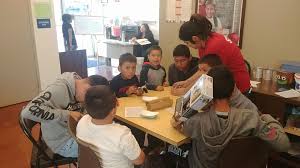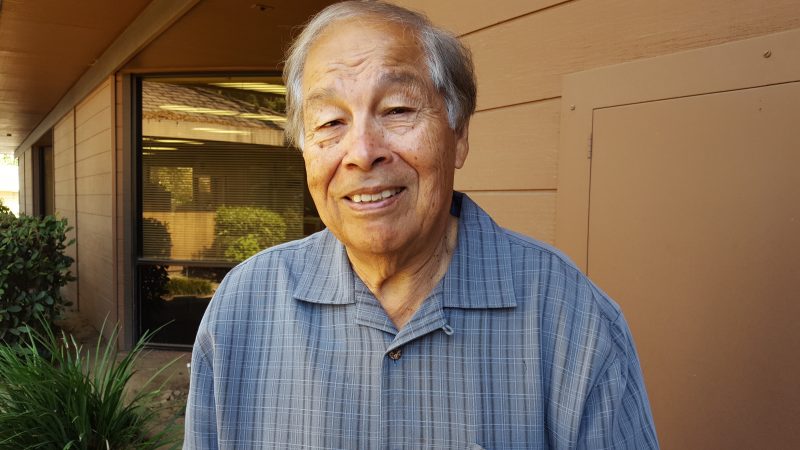Westlands Water District Helps Mendota Boys/Girls Club Stay Open
Westlands Board of Directors Contribute $36,000 To keep Club Open
Edited By Patrick Cavanaugh
Recently, Westlands Water District Board of Directors voted unanimously to contribute $36,000 to the Boys & Girls Club of Mendota. In a letter to Westlands’ Board, Kathryn Weakland of the Boys & Girls Club explained that without immediate funding the Club was at risk of closing,
“The shortfall is due to: increased operating costs, minimum wage increases and lack of sustainable funding sources.” Robert Silva, the Mayor of the City of Mendota, addressed the Board during the meeting expressing the importance of the Boys & Girls Club providing services to children in the City. Westlands Water District Board President Don Peracchi thanked Mayor Silva, City Manager Cristian Gonzales and the Boys & Girls Club of Mendota for allowing Westlands the opportunity to support the community.
The Boy & Girls Club of Mendota serves over 300 children, 95 percent of whom live in public housing near the club. All the children served have families residing well below poverty level, with an average income of $16,000 a year. Approximately 85 percent of the children served by the club have a parent or parents who work for farmers in Westlands. The Club provides a safe and welcoming space for children to learn, grow, play and are provided with nutritious meals daily.
Tom Birmingham, general manager of Westlands, expressed the need to support the children who attend the Boys & Girls Club of Mendota, and he noted this was one means of mitigating socioeconomic impacts resulting from the District having retired approximately 40,000 acres of land near the City of Mendota. The Boys & Girls Club of Mendota is continuing to work diligently to establish relationships with potential donors and create a fundraiser, intended to ensure annual contributions keeping the Club operational.
“We are so thankful to Westlands Water District Board of Directors for this generous gift to keep the doors of the Mendota Club open to children who rely on the services, positive environment and diversified educational programs provided by the Club every day,” said BGCFC Kathryn Weakland, VP of Development. “We are still working to secure permanent funding, but this will help us seek the right opportunities in the meantime.”















